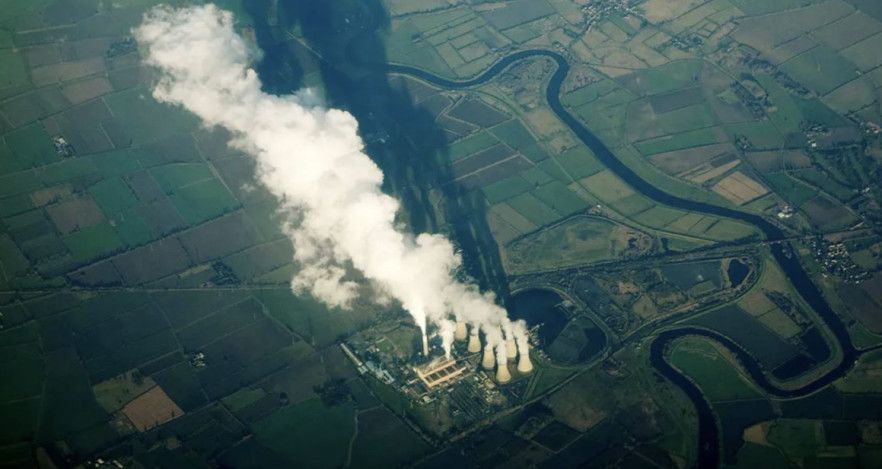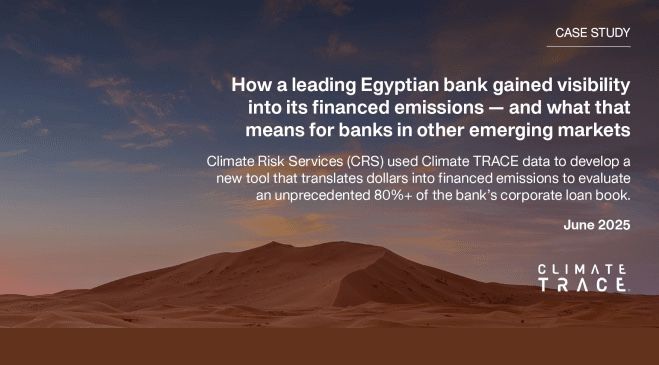If you’re using Climate TRACE data for an emissions reduction project, policy, or research paper, we’d love to know more! We occasionally feature highly impactful projects on our website and in our newsletter. Please contact us.
GHG Reporting
What is it? Reporting greenhouse gas (GHG) emissions is now a common practice among governments at all levels, companies, and even financial institutions. Some of these are done mandatorily such as under national greenhouse gas reporting programs, while others are voluntary such as those done through the Carbon Disclosure Project.
Why it matters GHG reporting and inventories are an important first step toward mitigation as it allows governments and companies to understand what their main sources of emissions are, monthly and annual emissions trends, and what steps to take to address them. Research also shows that subnational governments with a recent inventory of emissions data are more likely to set emissions reduction targets.
However, most carbon accounting standards don’t have decarbonization as a goal and as a result, can create perverse incentives for their users to use low-quality offsets or other ‘on-paper’ measures to give the appearance of their emissions having reduced while having no impact in the real world.
How it works Climate TRACE’s GHG emissions inventory is based on granular, facility-level data that are gathered from hundreds of data sources including satellite data, government databases, company reports, and market data. It only includes on-the-ground emissions and provides a ‘to-do’ list for mitigation, particularly when paired with Climate TRACE’s emission reduction solutions tool. The case studies highlighted here show how different types of users - from governments to financial institutions - have used these data to track their emissions with the eventual goal of developing ambitious mitigation measures.

Granular and recent GHG data is often a necessary first step for governments and companies setting ambitious mitigation targets

